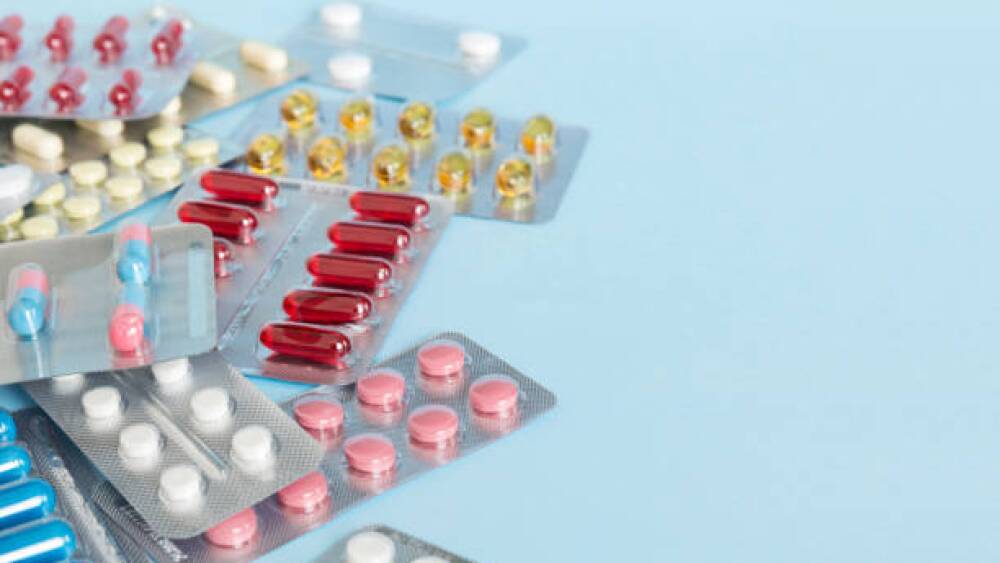Publication illustrates capabilities of Cellarity’s industry-leading AI and multi-omics-powered platform to clarify hepatotoxic pathways and improve drug safety
SOMERVILLE, Mass.--(BUSINESS WIRE)--Cellarity, a clinical-stage biotechnology company developing Cell State-Correcting therapies through integrated multi-omics and AI modeling, today announced the publication of a seminal manuscript in Nature Communications, which describes a novel framework for the prediction and characterization of drug-induced liver injury (DILI), along with open-source posting of the model and validation data.


DILI is one of the most significant safety challenges in developing therapeutics today, as hepatic safety events undetected in preclinical testing can occur in patients leading to clinical trial failures and sometimes even market withdrawals. In fact, animal models fail to identify as many as half of investigational drugs linked to DILI. To address this challenge, Cellarity designed an integrated AI model called ToxPredictor, which evaluates toxicogenomics to predict dose-related DILI risks. The core of this framework is a transcriptomics library in primary human hepatocytes called DILImap, which illustrates the transcriptional signature of 300 compounds linked to DILI at multiple concentrations. This DILImap features the largest known toxicogenomics dataset available for DILI modeling, a significant advancement as regulators aim to reduce reliance on animal models in drug testing. The publication in Nature Communications describes the validation of the framework, which demonstrated 88% sensitivity at 100% specificity in blind evaluation, outperforming more than 20 industry-standard preclinical safety models and identifying numerous phase 3 clinical safety failures that had been undetected in animal studies.
“We see Cellarity’s ToxPredictor as a fundamental step forward in predictive toxicology, as our model provides deep insights that enable a more comprehensive understanding of liver toxicity mechanisms,” said Parul Doshi, Cellarity’s Chief Data Officer. “Applying machine learning to toxicogenomics holds great promise for more efficient drug discovery and development, significant cost savings, and, most importantly, improved patient safety.”
In addition to predicting safety risks, the platform provides improved clarity on hepatotoxic pathways to enable decisions on compound safety margins. Unlike single-endpoint readouts—even from 3D models—transcriptomics offers a higher resolution lens on the complex molecular pathways and relationships to detect diverse DILI mechanisms that cannot be captured by conventional assays. By leveraging the full transcriptomic landscape, the model is capable of capturing a wide range of DILI-related mechanisms, such as mitochondrial dysfunction, oxidative stress, immune activation, and metabolic changes. In head-to-head comparisons, the model uniquely identified numerous non-cytotoxic risks missed by 3D assays.
Open Source Data Release
Cellarity has made this model and validation data publicly available, providing a powerful collaboration tool for de-risking drug candidates and setting the stage for a paradigm shift in safety evaluations. The resources are available at www.dilimap.org.
About Cellarity
Founded by Flagship Pioneering in 2019, Cellarity is pioneering a fundamentally new approach to drug discovery that corrects whole cell-state dysfunction to solve complex diseases. The Company’s proprietary drug discovery platform leverages advanced transcriptomics to comprehensively understand gene networks and applies the power of dynamic AI modeling to predict and design oral Cell State-Correcting therapeutics that can precisely regulate genetic switch mechanisms to restore proper cell function. The Company’s lead asset, CLY-124, is designed to treat sickle cell disease through a novel globin-switching mechanism and is under evaluation in a Phase 1 clinical study. Additional candidates designed by the platform are advancing for indications in hematology and immunology, and Cellarity has an active collaboration with Novo Nordisk targeting metabolic dysfunction-associated steatohepatitis (MASH). For more information visit www.cellarity.com.
Contacts
Media Contact:
Rushmie Nofsinger
rnofsinger@cellarity.com




